Welcome Here Shenzhen Mingjiada Electronics Co., Ltd.

sales@hkmjd.com

sales@hkmjd.com

Service Telephone:86-755-83294757
 Latest Information
Latest Information Home
/Industry Information
/
Home
/Industry Information
/
Nordic's nPM2100 Power Management IC Extends Primary Battery Powered Bluetooth Low Power Products
February 10, 2025 - Nordic Semiconductor, the world leader in low-power wireless connectivity solutions, today announced the addition of a new member to its family of nPM power management integrated circuits (PMICs). nPM2100 PMICs extend the operating…
February 10, 2025 - Nordic Semiconductor, the world leader in low-power wireless connectivity solutions, today announced the addition of a new member to its family of nPM power management integrated circuits (PMICs). nPM2100 PMICs extend the operating time of each battery in disposable primary (non-rechargeable) battery applications by managing the energy resource with an ultra-high efficiency boost regulator and a variety of energy-saving features. Example applications for the nPM2100 include wireless mice and keyboards, consumer asset tracking, remote controls and on-the-go medical devices.
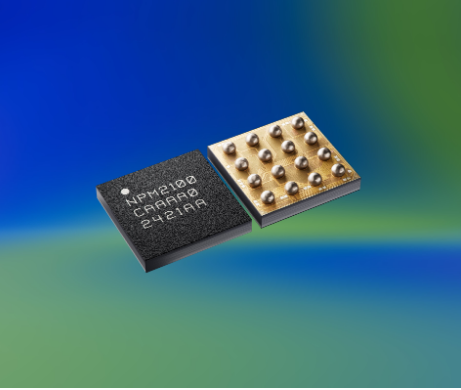
According to CORDIS, 28 billion primary batteries are discarded globally each year [1], and it takes an average of 50 times more energy to make a primary battery than it takes to store it, making primary batteries an extremely inefficient source of energy [2]. Even worse, inefficient power management wastes a significant amount of stored energy, resulting in many batteries being discarded before they are fully depleted. nPM2100's boost regulator and unique power-saving features, including primary battery power measurement, address power management inefficiencies while ensuring that all of the battery's stored energy is used before the battery is discarded.
Nordic's PMIC products play an important role in the company's continued commitment to providing customers with the lowest power IoT solutions,’ said Kjetil Holstad, executive vice president of strategy and product management at Nordic Semiconductor. We are excited to expand our PMIC product line with the first Primary Battery PMIC, which provides a unique power-saving feature for non-rechargeable products. This product is a testament to the technical excellence of our engineering team.’
Geir Kjosavik, Director of PMIC Products at Nordic Semiconductor, said, ‘Not all IoT products can run on rechargeable batteries or energy harvesting. This means that primary batteries are not going anywhere anytime soon. However, by using the nPM2100, designers will be able to access more of the energy stored in these primary batteries to extend product life or use smaller batteries for the same battery life, resulting in more compact, lighter and cheaper products.’
Power Management for SoCs and MCUs
The nPM2100 manages the power supply of low-power system-on-chips (SoCs) or microcontrollers (MCUs), such as Nordic's nRF52, nRF53 and nRF54 series of advanced wireless multi-protocol products. nPM2100 PMICs are optimised for maximum efficiency and compact size, and can be configured via the I2C-compatible Two-Wire Interface (TWI). The interface allows easy configuration of a range of advanced features, including transport mode and accurate battery level measurement. nPM2100 also features two GPIOs that can be used to direct the control line to time-critical control functions as an alternative to serial communications.
The nPM2100 is primarily targeted at primary battery applications. Supported batteries include one or two AA/AAA/LRxx batteries (in series), or one 3 V lithium manganese battery. In addition, single or dual silver oxide and zinc-air button cells are supported, as well as any other primary battery that operates within the nPM2100's input voltage range.
The nPM2100 features a boost regulator with an output range of 1.8 to 3.3 V, powered by an input range of 0.7 to 3.4 V. The nPM2100 can provide up to 150 mA of output voltage. The regulator can supply up to 150 mA maximum current. The regulator can also power a load switch/LDO with an output voltage range of 0.8 to 3.0 V and a maximum current of 50 mA. With a quiescent current (IQ) of 150 nA, and power conversion efficiencies of up to 95 per cent at 50 mA and 90.5 per cent at 10 µA, the regulator has one of the highest efficiencies of any contemporary step-up regulator on the market.
Low Current Transport Mode and Hibernation Mode
The nPM2100 PMIC has a low-current transport mode that allows the product to be transported with the battery inserted. The transport mode supports a sleep current of 35 nA and a variety of wake-up options, including the patent-pending Wake-on-Break feature. This feature allows a pushbuttonless product to wake up from transport mode when the electrical connection is broken.
The PMIC also features an ultra-low power wake-up timer that can run concurrently with transport mode for a timed wake-up. This timer can be used for deeper hibernation settings than the power-down feature of a SoC or MCU. nPM2100 draws less than 200 nA of total current in hibernation mode. Such low current consumption can extend battery life by up to a factor of three in applications that use sporadic low-power Bluetooth broadcasts, such as sensors in sensor networks.
For Nordic's lowest power wireless SoC (nRF54L15), the expected battery life improvement of the nPM2100's sleep mode compared to a SoC using the lowest power timed standby mode, which wakes up periodically to make Bluetooth broadcasts, is listed below:
2.5 minute wake-up interval: 25% longer battery life
4-minute wake-up interval: 50% longer battery life
9-minute wake-up interval: double battery life
60-minute wake-up interval: triple battery life
Accurate Algorithm-Based Power Measurement
The nPM2100 supports accurate, algorithm-based power measurement, which is not commonly found in PMICs for primary batteries. Common methods of estimating remaining power, including measuring battery voltage and using discharge curve-derived lookup tables to estimate remaining power, are inaccurate and often result in end users replacing batteries before they are depleted, or worse, in accidental battery depletion. In contrast, the nPM2100 supports voltage- and temperature-based power meters that run on the host microprocessor, enabling more accurate battery power measurements and giving users the peace of mind that they have all the power in their batteries. The software-based power meter places minimal additional burden on the battery.
Ultra-compact package and usability
The nPM2100 is available for sampling in a compact 1.9 x 1.9 mm WLCSP and general-purpose 4 x 4 mm QFN package. nPM2100 is expected to be in full volume production in the first half of 2025.
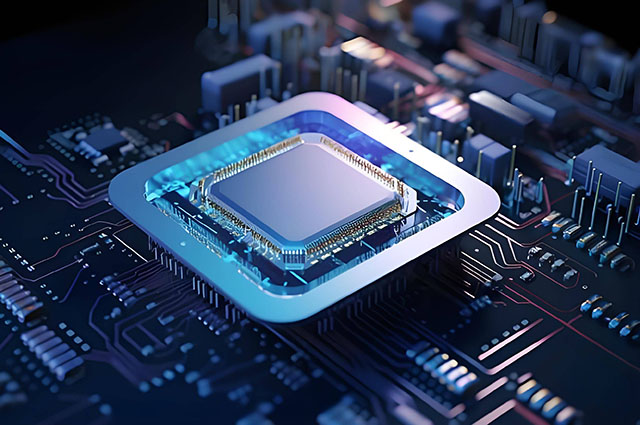
Time:2025-08-04
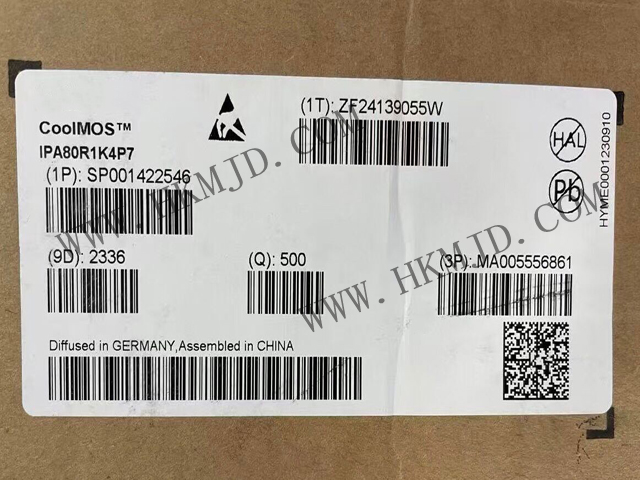
Time:2025-08-04
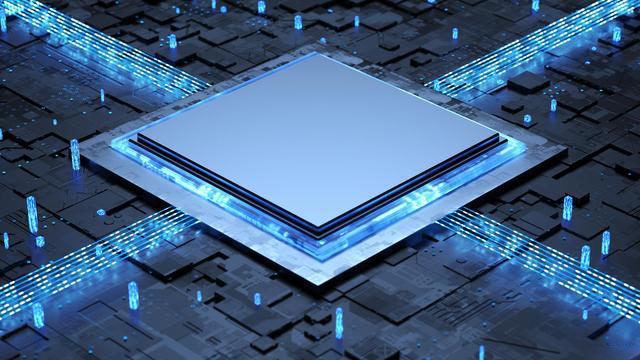
Time:2025-08-04
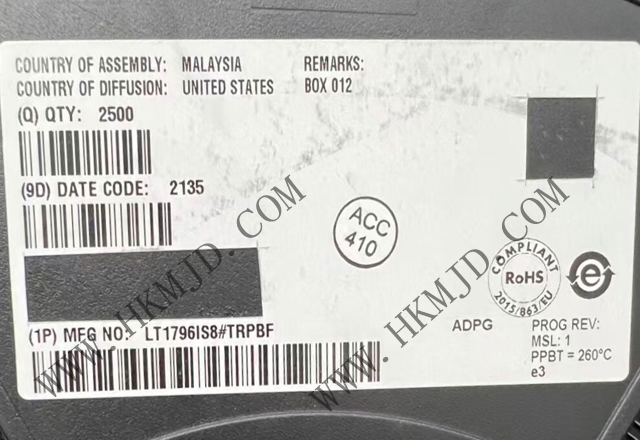
Time:2025-08-04
Contact Number:86-755-83294757
Enterprise QQ:1668527835/ 2850151598/ 2850151584/ 2850151585
Business Hours:9:00-18:00
E-mail:sales@hkmjd.com
Company Address:Room1239, Guoli building, Zhenzhong Road, Futian District, Shenzhen, Guangdong
CopyRight ©2022 Copyright belongs to Mingjiada Yue ICP Bei No. 05062024-12

Official QR Code
Links: